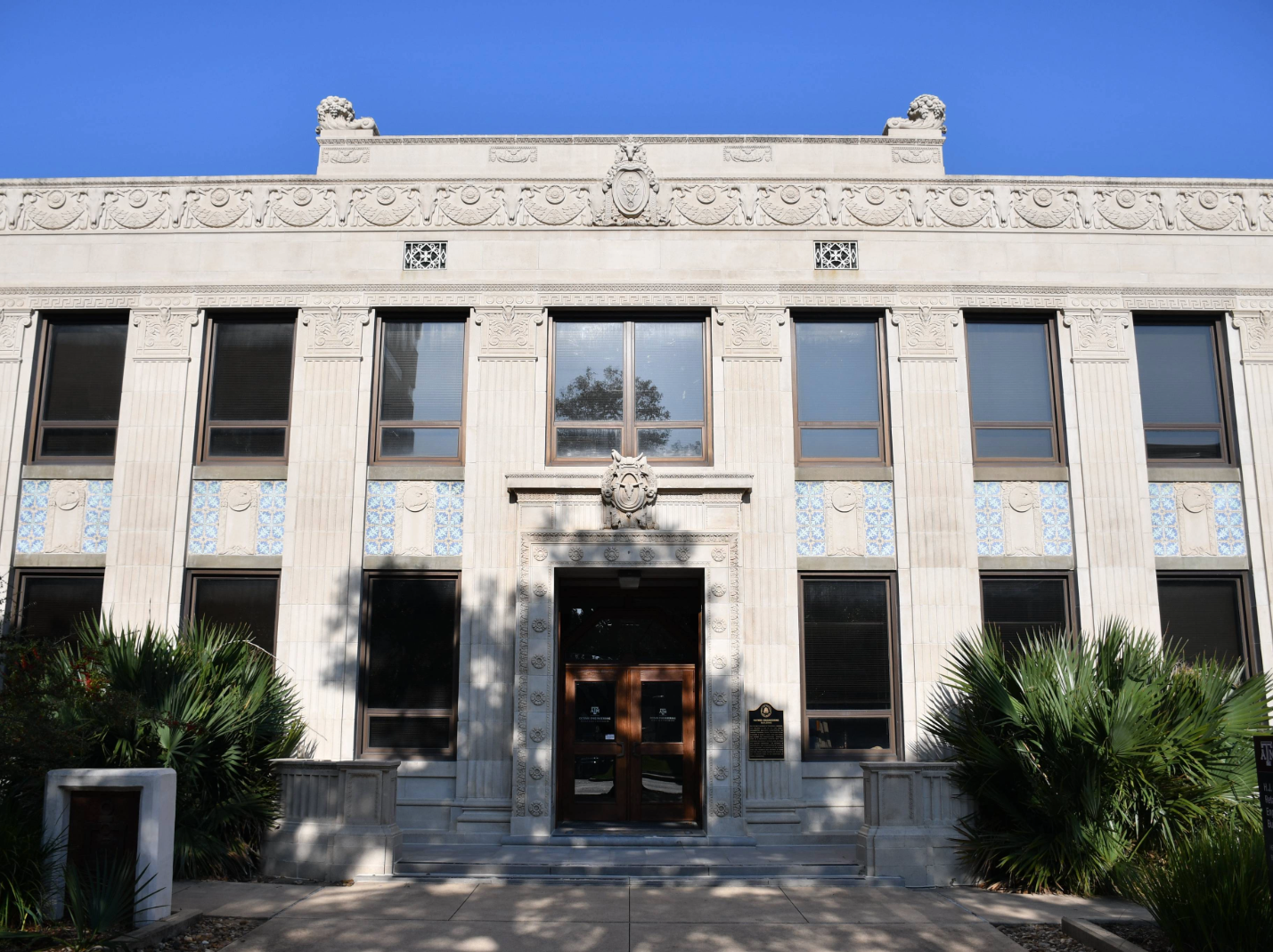
It is undeniable that universities across America have resisted the burgeoning trend of artificial intelligence (AI). The mere thought of unbridled access to resources like ChatGPT, which makes academic dishonesty difficult to detect, has produced tremors of resistance in professors and administrators alike.
It seems that just over the last year, the boundaries of AI have been pushed to the limit, unleashing a flood of uncharted waters in every sector. Its unprecedented access to vast quantities of information led a McKinsey report to estimate that by 2030, “activities that account for up to 30 percent of hours currently worked across the US economy could be automated.”
By this point, AI integration is inevitable, and higher education institutions have realized that it would be pure folly to simply bury their heads in the sand and resist. Now, armed with updated academic integrity and acceptable-use policies, many universities have yielded to the old adage: “If you can’t beat em, join em.”
[RELATED: Ohio State’s ‘AI Fluency Initiative’ Invites Innovation—and Hard Questions]
As it happens, AI initiatives attract significant financial backing from grantmaking institutions. It would seem that where AI goes, the funding flows.
The University of Maryland, for example, is currently seeking to incorporate AI-related coursework into its existing degree plans. The college reported in May that seven proposals had been awarded $85,000 worth of grants from the Artificial Intelligence Interdisciplinary Institute at Maryland (AIM) to develop and launch AI-related courses during the 2025-2026 school year. The courses range from arts-based, such as “AI and Music—History and Practice,” to scientific, including “Advancing Computational Expertise in Neuroscience and Psychology.”
The University of North Carolina at Chapel Hill has also announced strides in AI integration, aiming to harness it for the university’s benefit. The prestigious college is accepting grant proposals for projects that “address institutionally-scoped strategic priorities that AI might enable” and is awarding anywhere between $5,000 and $100,000 per initiative.
Meanwhile, Bryant University, acknowledging that “artificial intelligence is rapidly changing the way we work,” received a grant from the Davis Educational Foundation to the tune of $426,623 to “equip the next generation with the skills and knowledge they need to thrive in the increasingly AI-driven world.” With the grant, Bryant College hopes to utilize AI tools in general education courses and develop discipline-specific learning “bots” to aid in interdisciplinary studies, emphasizing academic integrity.
[RELATED: Worried About AI? Study the Humanities]
This month, Texas A&M revealed its new partnership with OpenAI “to accelerate generative AI literacy in higher education.” And just last week, the University of Chicago’s Booth School of Business added a new MBA concentration in Applied Artificial Intelligence to accompany its existing AI-related courses, including AI Essentials, Machine Learning in Finance, and Starting an AI Company.
It’s clear that, like it or not, AI is the future of higher education, and universities across the United States are getting the memo. But as with every advancement in technology comes new risks and rewards. As a relatively new and unexplored resource, AI must be accompanied by hard and fast guardrails, should humanity hope to harness it for the greater good.
So far, this has not entirely been the case. Within the last five years, AI has revolutionized the creation, distribution, and trafficking of pornography, especially of minors, leading 38 states to enact Computer-Edited Child Sexual Abuse Material (CSAM) laws. In March, President Trump’s TAKE IT DOWN Act was signed to protect victims of deepfakes and other exploitative AI digital distribution. Still, the speedy and sweeping expansion of AI abilities has left lawmakers scrambling to keep up.
Universities, too, must remain on the cutting edge of this new technology if they are to master it rather than be mastered by it. Concerns such as political bias in AI tools, the spread of misinformation, and the undermining of academic and cognitive performance due to overreliance on the technology have already been proven valid concerns worthy of addressing.
[RELATED: AI’s Higher Ed Takeover Is Not Inevitable]
As AI initiatives gain traction in academia, fueled by large amounts of capital, university administrations and the appropriate agencies must match the pace and be proactive in their oversight. While some minor policies and proposals have been introduced at the state and federal levels, the speed at which AI initiatives are infiltrating higher education greatly outpaces the rate at which legislation is being passed to regulate it.
As technology expands in scope and scale, we must establish robust ethics regulations to ensure the integrity, safety, and transparency of the digital world.
One thing is certain: AI integration is not a flight of fancy or a passing fad—it is here to stay.
Image: “Texas A&M – Haynes Engineering Building” by cmh2315fl on Flickr
I remember about 15 years ago some universities were saying they are issuing all incoming freshman laptops. Nothing but a sales gimmic to attract gullible people to apply for admission. The same thing is now true with these AI-integrated programs.
I notice none of these schools state how the educational process will be improved, more efficient or more effective than non-AI programs. Just a gimmic to attract gullible people but now a way of perhaps attracting funding (in the form of tax-payer dollars, of course.)